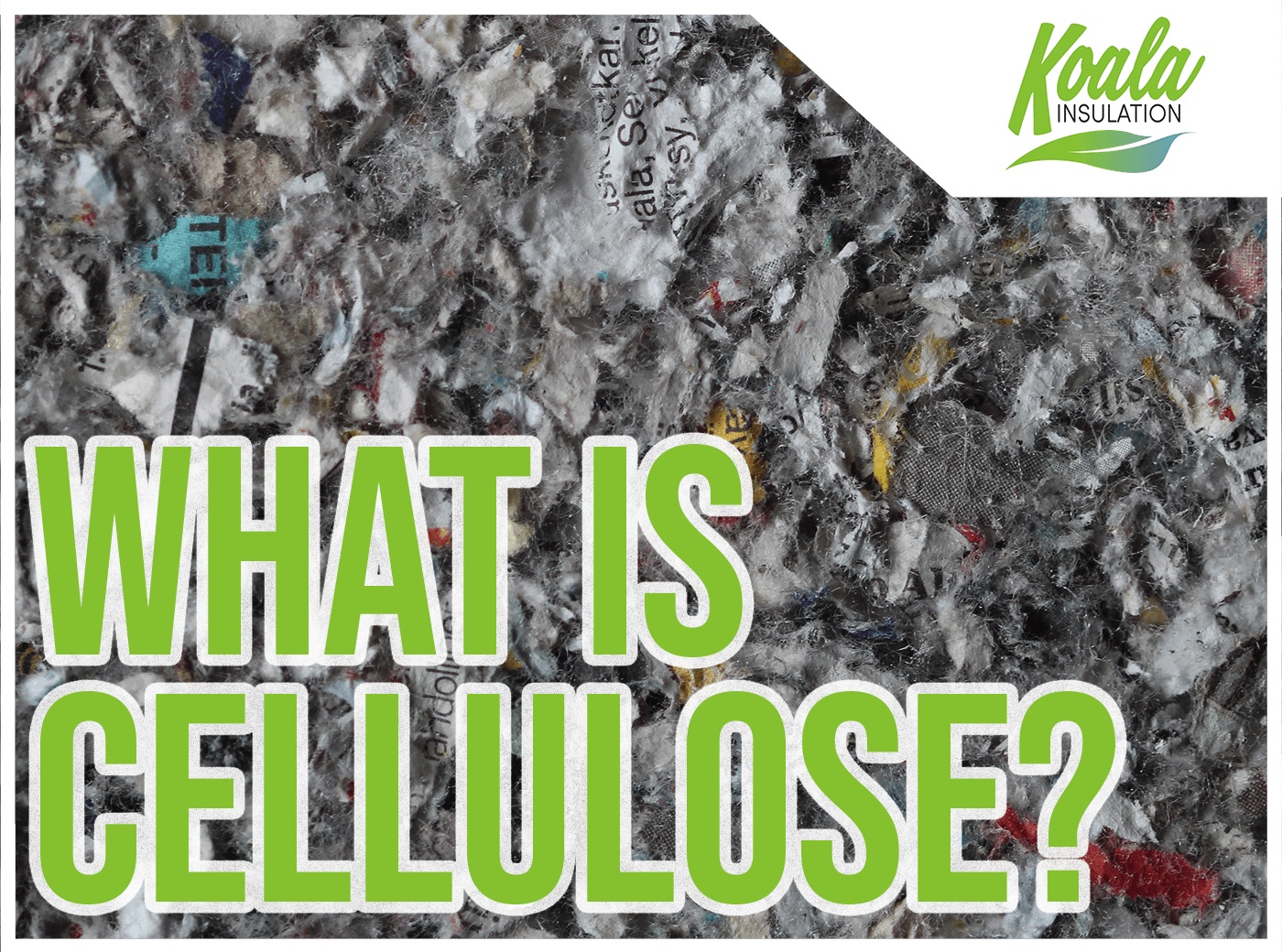What Is Cellulose? Understanding Your Texas Insulation Choices

What is Cellulose Insulation?
Cellulose insulation is a common material used throughout residential, commercial, and industrial businesses. It's a fiber, loose-fill type of insulation that is generally made up of between 70% to 85% recycled materials.
This type of insulation can be found within your walls and on unfinished attic floors. While the blown-in material is used to regulate the temperature in a building, it can also help to reduce noise, deter pests, and minimize air leaks. When considering your insulation options, take a closer look at these specific benefits.
R-Value
The R-value of your insulation measures the resistance value of a material and its ability to reduce the rate of heat transfer. This is the rate at which heat enters and exits a building, and your insulation should be slowing down the process to help regulate temperature. In most cases, a higher R-value means that less material needs to be installed to effectively provide assistance to your home’s climate control capabilities.
The R-value of loose-fill cellulose is between an R-3.1 and R-3.8 per inch, depending on the manufacturer. The material is added until it meets the unique R-value needs of the area, which can vary based on a number of factors. These include everything from your climate zone to your regular household habits, so it’s important to consult an industry expert on the amount of insulation you may need.
Recycled Material
As we mentioned earlier, cellulose insulation can be made from up to 85% recycled material. The insulation is typically produced from recycled newspapers. While this helps to create a relatively inexpensive product, it also contributes to reducing landfill waste. For homeowners that are looking for eco-friendly options that fit into an environmentally friendly household, cellulose insulation is most often one of the first suggestions from industry experts.
Because the product is made from recycled materials, it’s often locally sourced as well. This means that by choosing cellulose insulation, you’re not only contributing to a better environment, but you’re likely directly contributing to your local community.
Easy Installation
Loose-fill cellulose insulation is one of the easiest materials to have installed throughout your home. When added to the floor of your attic, the loose fill is blown out through a vacuum until the necessary R-value is met. Inside areas like wall cavities, the material is installed through a process called "dense packing" where it's hosed into the space until it's entirely filled. In some cases, such as for new construction, it can be damp-sprayed by adding a small amount of moisture to activate the natural starches in the material so that it will adhere inside the cavity.
The same trait that makes cellulose easy to install also gives the material another crucial benefit: loose-fill insulation effectively fits into even the most stubborn of nooks and crannies. This is crucial to reduce gaps and cracks that could lead to air leaks or serve as a hiding place for pests. Tucking into these seemingly insignificant spaces helps to improve the indoor air quality of the house and reduce health risks that come with outdoor pollutants.
How is Cellulose Insulation Made?
The recycled paper is broken down and fiberized, which helps the blown-in material pack tightly into smaller spaces. After this, the insulation goes through a chemical treatment that adds boric acid to the material. This chemical helps cellulose in many ways, namely as a fire-retardant but also to resist mold growth. Boric acid also helps to ward off pests, wood decay, and corrosion. These processes repeat until the fibers are only a few millimeters long before they're packaged and sent off to be installed in homes, office buildings, and industrial sites.
To learn more about cellulose insulation and how your local experts at Koala Insulation of Pearland install the material, check out our video on cellulose insulation.
How Can Cellulose Reduce Your Energy Costs?
The heating and cooling systems in your home are responsible for an average of 50% to 70% of your energy usage. This percentage increases if the systems aren’t supported by adequate installed insulation. Irregular temperatures, poor indoor air quality, and discomfort are all the early warning signals just before the big hitter: a skyrocketing energy bill.
Cellulose helps to significantly cut back on these costs in a number of ways. First, temperature regulation reduces the strain put on an HVAC system so the unit doesn’t need to constantly heat or cool the space throughout the year. Cellulose also reduces air leaks, which prevents irregular airflow and prevents the outdoors from influencing your environment. Finally, this type of insulation has a significant return on investment – a low price combined with a long lifespan equals more savings in the long run!
Choose The Right Insulation With Pearland Area Experts
As we mentioned earlier, your home has specific needs that make it unique in comparison to every other home on your block let alone in your region. While cellulose is a great insulator in many areas of your home, there are spaces where it needs to be paired with other types of material to effectively keep your household safe and comfortable. At Koala Insulation of Pearland, our insulation professionals are dedicated to improving the lives of our neighbors by providing our community with products that are both energy efficient and cost-effective.
On top of high-quality products, our team has other ways to help reduce the cost of upgraded insulation. We offer free evaluations so you and your household can make informed decisions based on the current condition of your home’s insulation and air sealing. With this information, our industry experts can guide you on what material would be best in each area to keep your space comfortable without breaking the budget. Contact Koala Insulation of Pearland to schedule your free evaluation and learn more about your insulation options.
Find Your Location


Get a quote


